The Little Mermaid arrives in cinemas this weekend as the latest in a long series of “live action” adaptations of classic Disney cartoons. One of the issues is that these adaptations are too long.
In some ways, these adaptations can be understood as an expensive update on one of the company’s oldest traditions. For decades, Disney would re-release its classic cartoons in cinemas. They would earn a few million dollars each time and would keep the brand fresh with a new generation. Snow White and the Seven Dwarves could earn $1 million in 1952, $8 million in 1958, $10 million in 1967, $23 million in 1975, and $30 million in 1983.
At one point after Walt Disney’s passing, his company considered scrapping any new animated films to focus solely on the passive income generated by these re-releases. Obviously, times have changed. While Disney could create artificial demand for these films by placing home media releases in “the Disney Vault” in the years leading up to the theatrical re-releases, the advent of streaming means that anybody can watch any of the animated classics from their own home at their own leisure.
This recent wave of reimaginings obviously both costs and earns more than those theatrical re-releases, but they serve a similar purpose. They draw attention to the property, they stoke nostalgia in parents that will bring a new generation to these older films, and they even boost merchandise for both the original animated feature and the new live-action edition. These “live action” adaptations are a skillful piece of brand management beyond the box office.
It is worth putting “live action” in quotation marks here, as large portions of these remakes are still animated, just by computers rather than in the traditional hand-drawn manner. However, these aim for a photorealistic and verisimilitudinous aesthetic. Even Jon Favreau’s The Lion King, which shot inside “virtual reality,” aspires to the aesthetics of live-action filmmaking. Those lions are intended to look real, even if they exist entirely inside computers.
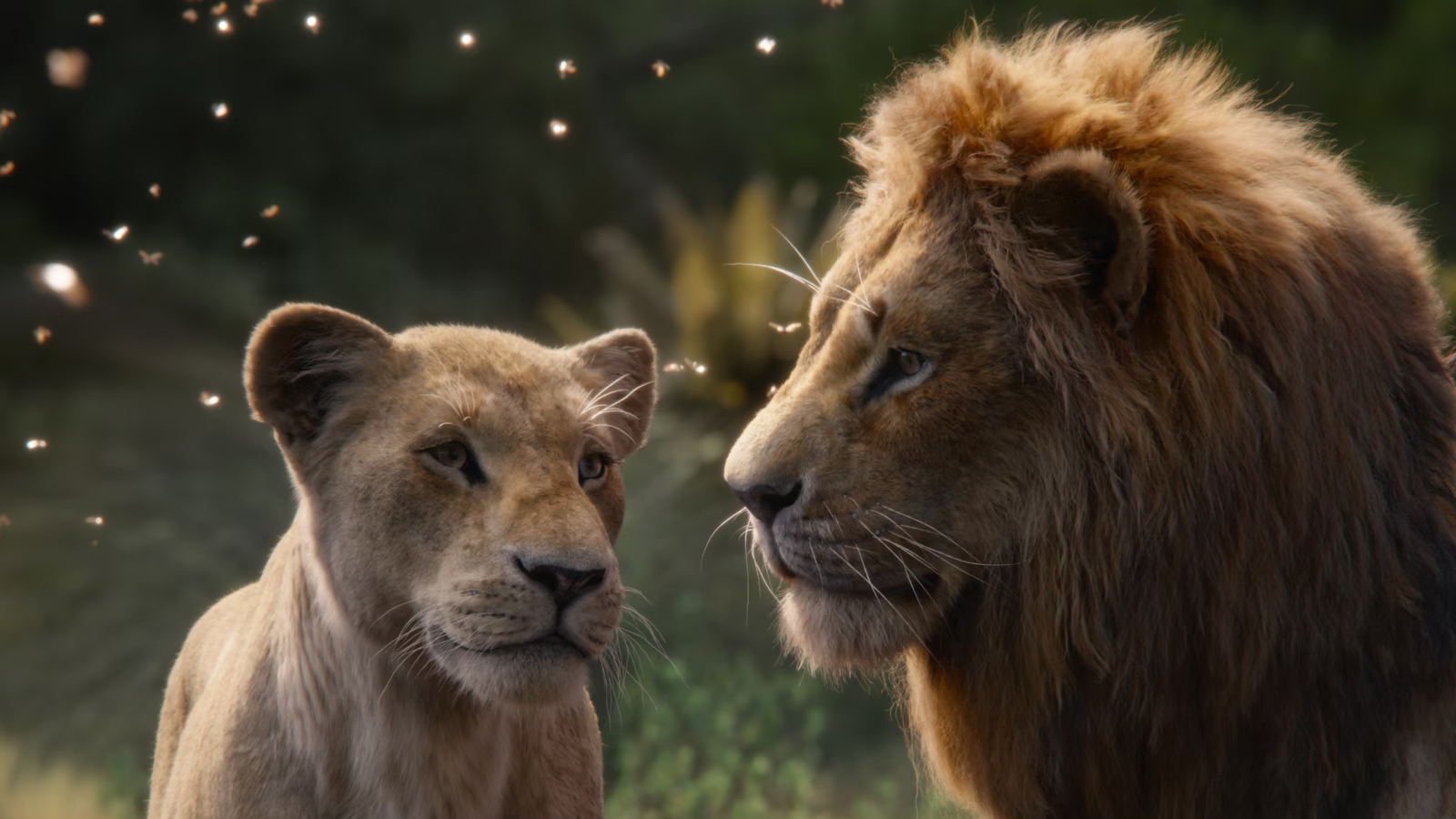
There is a broader debate to be had about the merits of this approach. The beauty of those original animated films was that they didn’t have to be “realistic” or “grounded.” They could be heightened and stylized. Animators could make animals and objects expressive in a way that simply isn’t possible while aspiring to photorealism. The assumption that these films can be directly transposed from one medium to another is just one more example of Hollywood devaluing animation as a distinct artform.
However, there is another way that these adaptations seem to distinguish themselves from their inspirations and demonstrate that they are “real” movies in a way that some would argue the animated originals are not. They all have extended runtimes. These adaptations of classic Disney cartoons are all appreciably (and often insistently) longer than the films they are adapting.
There is an ongoing debate about movie lengths. Some argue that it is possible to determine sight unseen whether a movie is too long or too short. In recent years, this debate raged over blockbusters like The Batman or Avatar: The Way of Water and more prestigious fare like Babylon or Beau Is Afraid. It’s a point of contention over Martin Scorsese’s Killers of the Flower Moon. In reality, actual length is immaterial. What matters is the viewer’s experience.
Roger Ebert stated the case most succinctly, “No good movie is too long, just as no bad movie is short enough.” For most viewers, the three-plus hours of The Godfather Part II pass easily enough while the 106 minutes of Thunder Force last several lifetimes. However, the recent wave of Disney remakes is an interesting case study. Most of them are bad movies and would be too long even at more modest runtimes. However, this is also the case where there is a direct point of comparison.
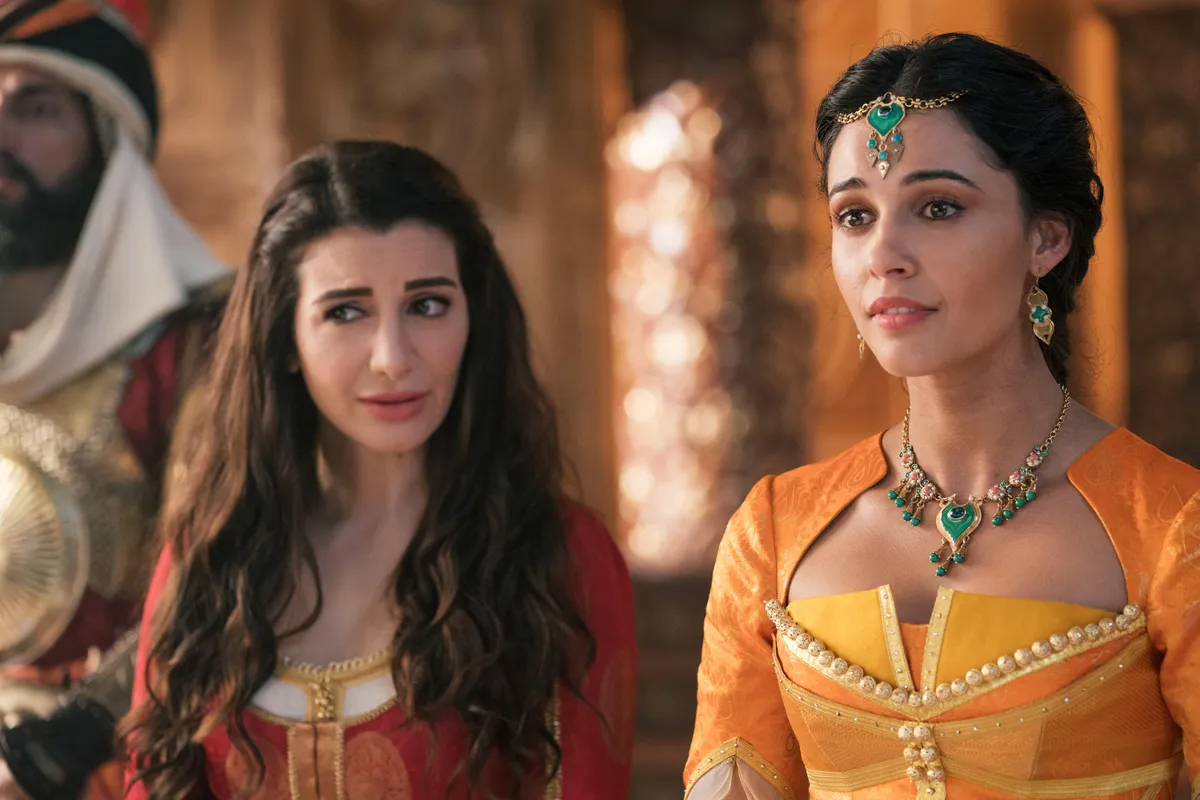
In transitioning from animation to live action, Cinderella goes from 74 minutes to 105 minutes. Beauty and the Beast jumps from 84 minutes to 129 minutes. Aladdin climbs from 90 minutes to 128 minutes. The Lion King expands from 88 minutes to 118 minutes. Mulan increases from 87 minutes to 115 minutes. Pinocchio grows from 88 minutes to 105 minutes. Peter Pan and Wendy soars from 77 minutes to 106 minutes. The Little Mermaid bloats from 83 minutes to 135 minutes.
In most of these cases, these runtimes have ballooned by more than half an hour. The narrative real estate has stretched by more than a third of the original space. To be clear, the argument here isn’t that it’s impossible to make a good version of Cinderella or The Lion King that runs around or even past two hours; Andy Tennant’s Ever After runs two hours and Kenneth Branagh’s Hamlet clocks in at over four hours. The question is what happens to these movies when stretched to these lengths.
After all, these adaptations pride themselves on their fidelity to the original (and shorter) animated films. They feature much of the same dialogue, recreate many of the same shots, sing most of the same songs. They are proof that “faithfulness” is not a metric of quality and a reminder of how far Gus Van Sant was ahead of the curve when he remade Hitchcock’s Psycho shot for shot in 1998. These releases aren’t new takes on classic stories; they are instead recreations of earlier takes.
As such, the handful of remakes that don’t feel over-extended are those that take fundamental liberties in adapting their inspiration. There are issues with Robert Stromberg’s Maleficent, but it runs a brisk 97 minutes and is distinct enough from Sleeping Beauty that its additional material doesn’t feel jarring. The best of these live-action remakes, David Lowery’s Pete’s Dragon, actually runs significantly shorter than the film that it is adapting.
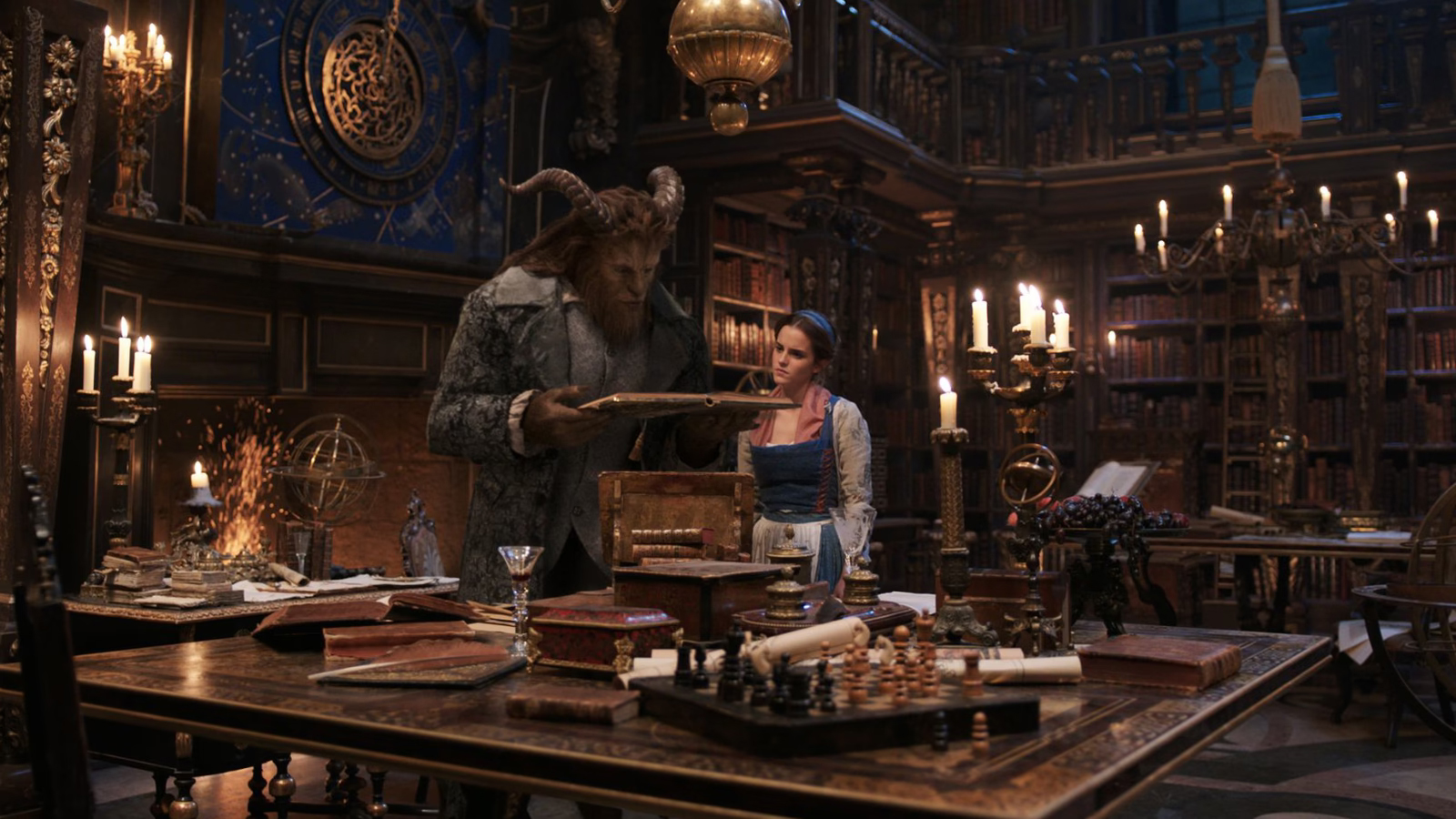
The more overly faithful remakes are unwilling and unable to fundamentally restructure their underlying stories or to meaningfully retool their central dynamics. They hew incredibly tightly to the animated films that they are adapting. Because of production constraints and through decades of practice at the art of storytelling, those original animated films are lean and efficient machines. They do everything that they need to do, without an ounce of narrative fat. That’s one reason they endure.
As a result, any of the stuff that is added to stretch the movies’ runtimes is — by definition — superfluous. The films don’t need this new material. The popularity and the success of the original animated features are proof of this. As these films are very sensitive about altering or changing the source material, these additions are inevitably around the edge of the narrative. They tend to be either redundant or distracting.
So these additions tend to add material that would be cut out of any feature film that wasn’t explicitly attempting to pad out its runtime. Beauty and the Beast adds a completely pointless subplot about Belle’s mother (Zoe Rainey), a character who was entirely absent from the original film because she would have cluttered up the story. Aladdin adds a romantic subplot for the character of the Genie (Will Smith), adding the new character Dalia (Nasim Pedrad), but it just confuses his arc.
These films will occasionally try to add focus to supporting players from the source material. Aladdin tries to flesh out the character of Jasmine (Naomi Scott) and The Little Mermaid gives Eric (Jonah Hauer-King) his own plot. However, actually giving those characters agency would mean fundamentally restructuring the narratives like Maleficent does, and these films aren’t willing to do that. Instead, they just get a couple of new songs that really aren’t flattered by comparison to the originals.

Films like the live-action versions of Mulan and The Little Mermaid employ a lot more “world-building” than the original animated films. These choices mostly just confuse the narrative by adding distracting details. The Little Mermaid comes back repeatedly to the mythology of the “sea gods” and the specifics of Ariel’s (Halle Bailey) “siren song,” feeling like a clumsy effort at “superherofication” of the source material. This only draws attention to the elegance of the storytelling in the animated original.
There’s also just a frustrating tendency to let scenes play long. The Lion King seems to reach its runtime simply by joining scenes earlier and leaving them later than the original. In The Little Mermaid, scenes that were only a few lines stretch on for minutes at a time. The film reintroduces the idea that the villainous Ursula (Melissa McCarthy) is the sister of King Triton (Javier Bardem), an idea cut from the animated film to streamline the narrative.
One of the big issues with piling this extra material into the narrative is that it leads to complications that the film has to keep stopping to explain away, because otherwise they might compound and impact the larger narrative. If Ursula is Ariel’s aunt, what is their preexisting relationship? What exactly has Triton told Ariel about Ursula? The Little Mermaid has to add more exposition to explain why these details aren’t altering the shape of the plot.
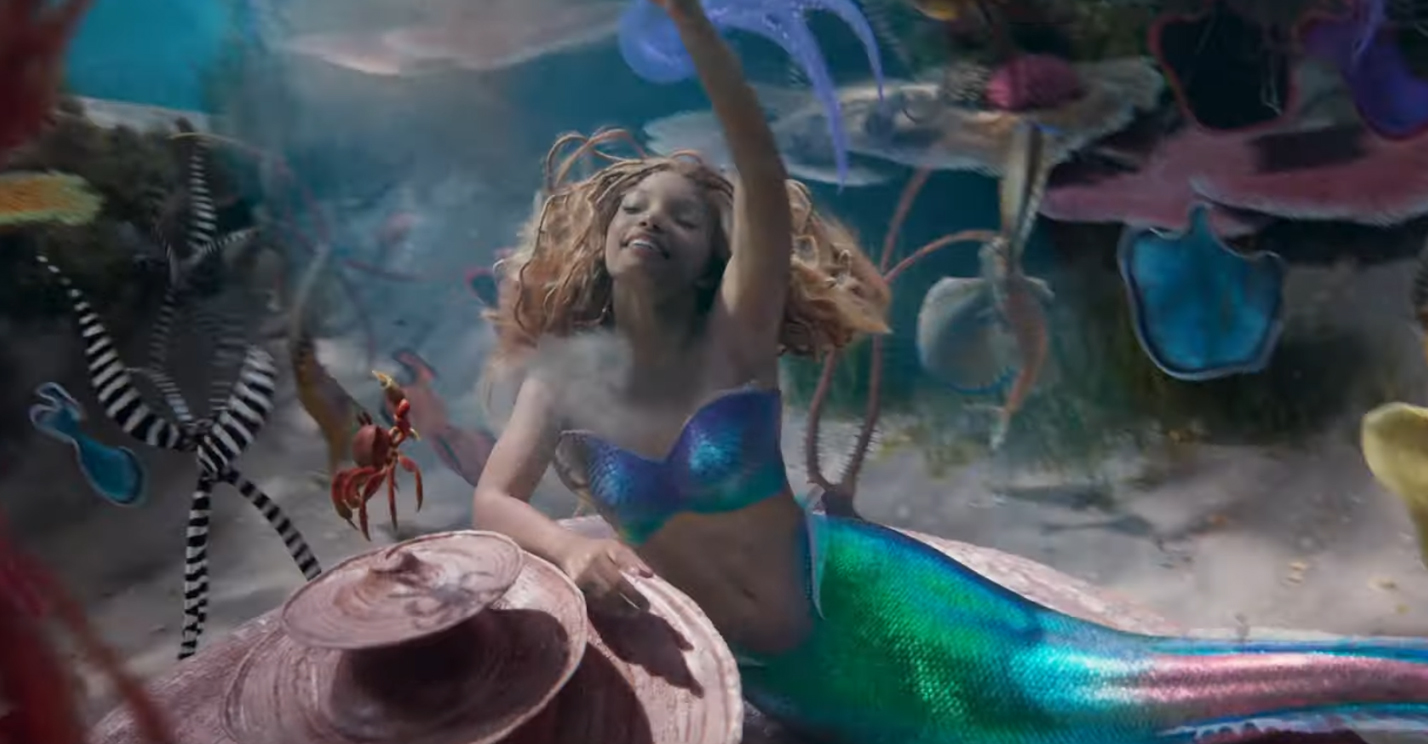
There are other issues as well. To pad out their runtimes, these remakes gesture clumsily at big ideas. The conflict between the surface world and the underwater kingdom becomes a fixation for The Little Mermaid, and the film awkwardly tries to treat it as a metaphor for both climate change and race relations. However, because the original film wasn’t built to shoulder these themes, the narrative falls back on trite “both-sides-ism.”
This ties back to the sense of self-importance around these remakes, the recurring feeling that these adaptations aspire to be “more” than the animated originals — the belief that a film simulating live action has greater value than hand-drawn animation, or that a movie running two hours is worth more than one clocking it at under 90 minutes. These unarticulated assumptions exist at odds with the fidelity to the aesthetics of the original films. It’s an interesting tension within these films, one that they never resolve.
Ebert’s argument that no good movie is too long and no bad movie is too short still holds water. However, the combination of the length of these movies and their slavish devotion to their source material is still a major reason why they are so bad. The Little Mermaid ultimately runs aground because it weighs down the original’s sturdy-but-lean frame with junk that it doesn’t need.

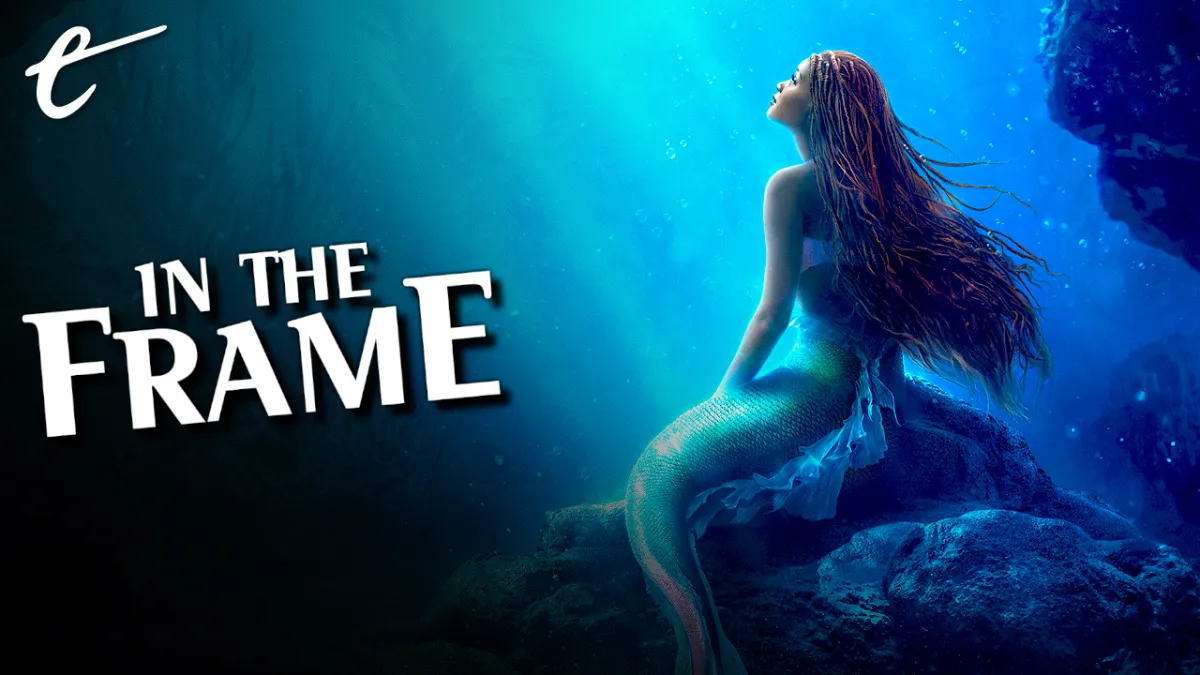




Published: May 26, 2023 11:00 am